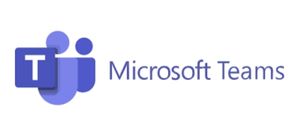Discover the future of artificial intelligence and recruitment software with TR Intelligence.
- Features
Features
Get to know our enterprise recruiting software platform, built on Salesforce, and learn how our customers benefit from TargetRecruit.- Platform
- Industries
Industries
Discover how TargetRecruit’s vertical solutions, optimized for healthcare, professional, and commercial staffing, are tailored to meet the advancing demands unique to each industry.- Partners and Integrations
- Resources
Resources
Looking for resources on the staffing and recruitment technology space? We’ve got you covered.- Company
Company
Built on the Salesforce platform, TargetRecruit modernises your recruiting cycle from front office to back office.Schedule a Meetingcountry: Asia Pacific
Ready to Chat?
Connect with a member of the TargetRecruit team to learn how our software can help streamline your staffing company’s processes.
Skip to content
Enterprise Software for Staffing and Recruiting Firms | Built on Salesforce.
Contact Us
- Americas: (844) 237-8018
- UK: 0808 189 1918
- Sydney: 1800 314 594
- sales@targetrecruit.com

About TargetRecruit
- © 2025 TargetRecruit. All Rights Reserved.
- Privacy Policy
- Terms and Conditions
- US| UK| AU



